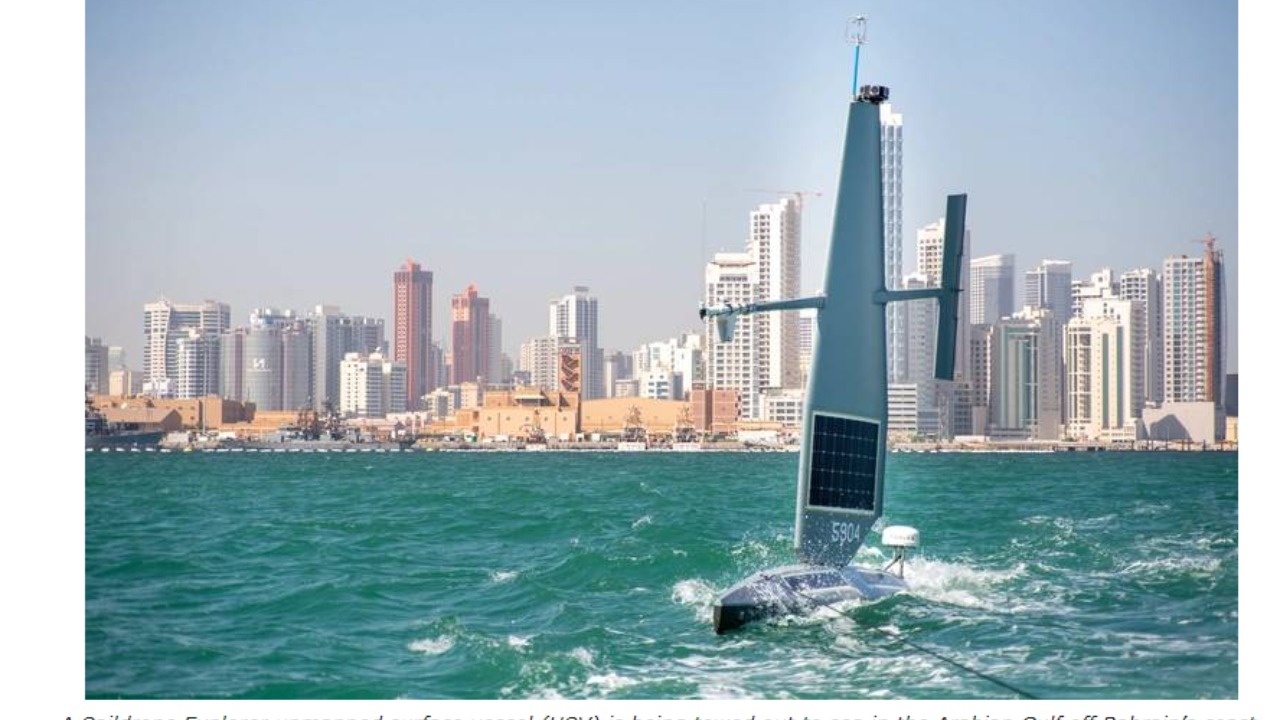
The Saildrone Surveyor, a bright yellow autonomous underwater vehicle developed by Saildrone, Inc., is preparing to launch from San Francisco Bay on a pioneering two-year mission to circumnavigate the globe’s oceans. This journey will span roughly 20,000 nautical miles through the Southern Ocean and around Antarctica. Operating without human intervention, the self-piloting submarine will utilize solar and wave power to map previously uncharted seafloor regions and gather real-time data on ocean currents, temperatures, and marine life. This expedition marks the first full oceanic circumnavigation by an uncrewed submersible, advancing global oceanographic research amid climate change concerns. Source.
The Saildrone Surveyor: Design and Capabilities
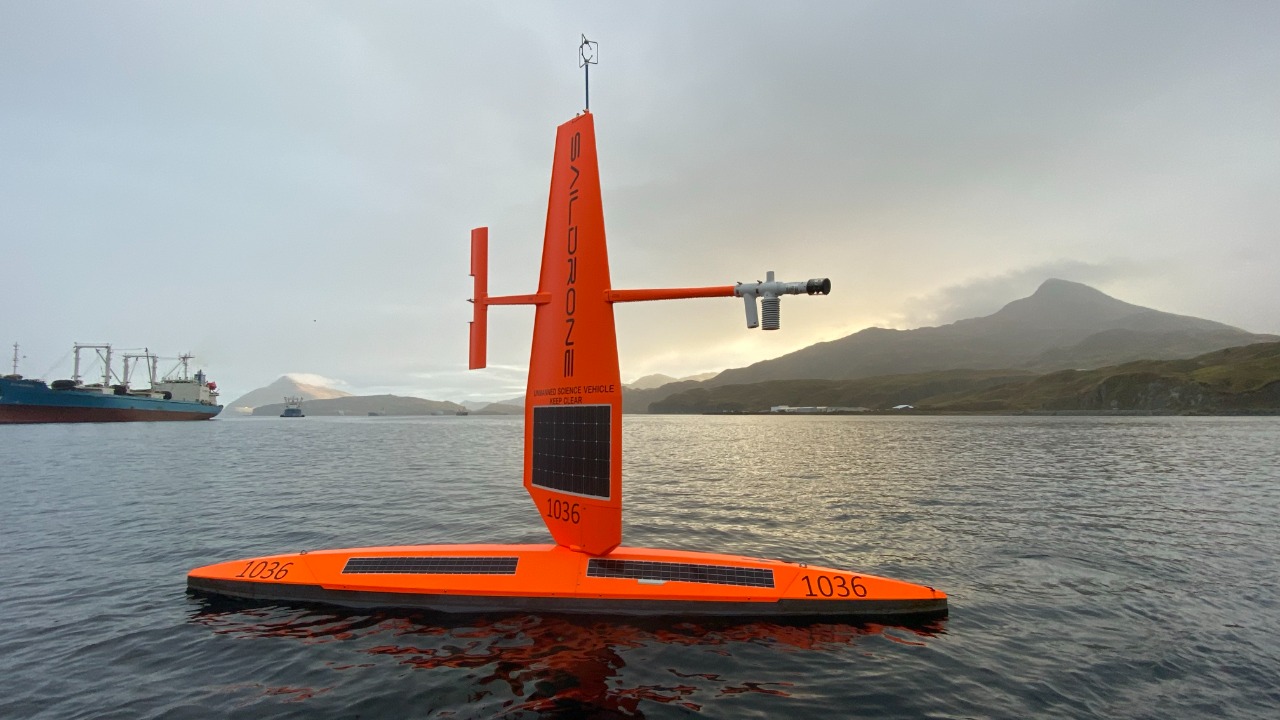
The Saildrone Surveyor boasts a hybrid design that combines a 22-foot-long surface vessel with a 10-foot detachable submersible pod. This configuration allows it to dive up to 1,000 meters, powered by solar panels and wave energy, enabling extended autonomy. The vehicle’s design reflects a significant leap in autonomous marine technology, offering a sustainable solution for long-duration missions without the need for human crews or traditional fuel sources. This innovative approach not only reduces operational costs but also minimizes the environmental impact of oceanographic research. Source.
Onboard, the Surveyor is equipped with a suite of advanced sensors, including multibeam sonar for high-resolution seafloor mapping. It also features conductivity-temperature-depth profilers and acoustic Doppler current profilers to measure water column properties and detect marine mammals. These tools are crucial for collecting comprehensive data on oceanic conditions, which can enhance our understanding of marine ecosystems and contribute to more accurate climate models. The integration of these technologies underscores the Surveyor’s role as a cutting-edge platform for scientific exploration. Source.
The AI-driven navigation system of the Saildrone Surveyor is another standout feature, enabling real-time decision-making to avoid obstacles, optimize routes, and surface for satellite communication every few hours. This capability ensures the vehicle can adapt to changing ocean conditions and maintain communication with researchers, providing a continuous stream of valuable data. The system’s sophistication highlights the potential for AI to revolutionize autonomous exploration, offering new possibilities for remote and challenging environments. Source.
Mission Route and Timeline
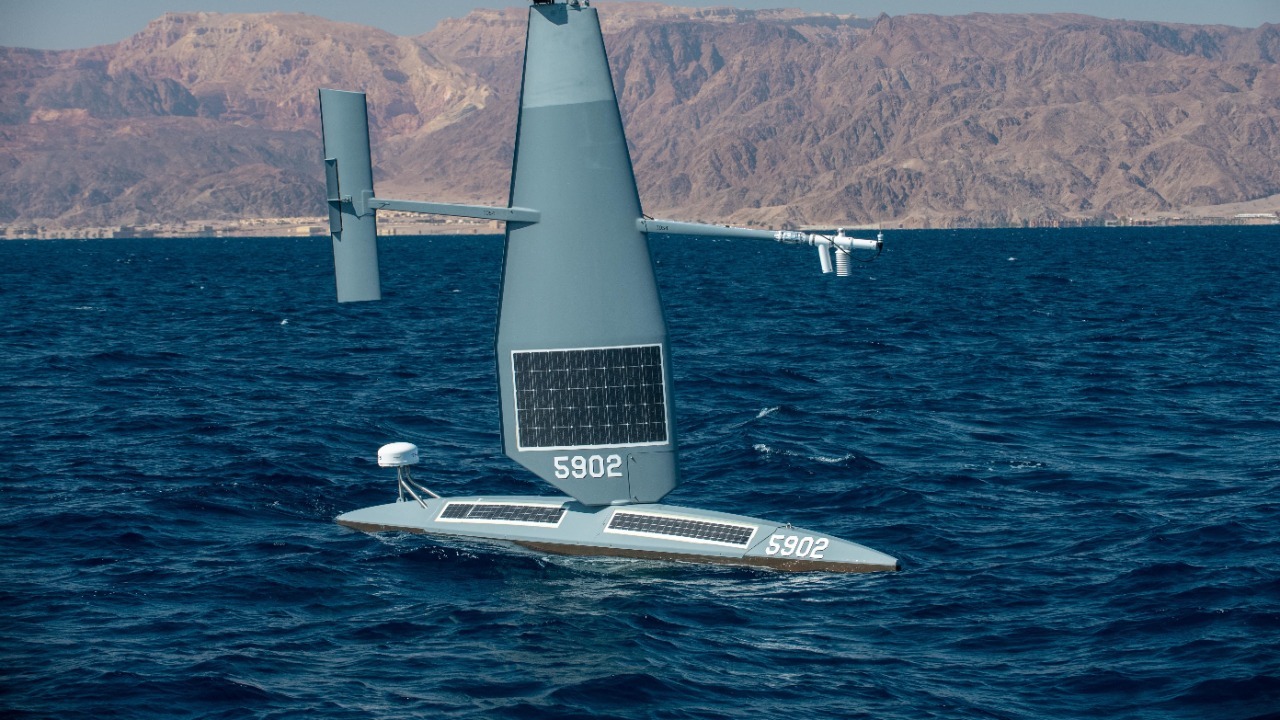
The planned mission route for the Saildrone Surveyor covers 20,000 nautical miles, starting from San Francisco Bay and heading south through the Pacific Ocean. The path includes a loop around Antarctica via the Southern Ocean before returning northward, with the full circumnavigation expected to take 24 months. This ambitious journey is designed to maximize the vehicle’s data collection capabilities, targeting areas that are often inaccessible to traditional research vessels. By navigating these remote regions, the Surveyor aims to gather unprecedented insights into the dynamics of the world’s oceans. Source.
Key waypoints along the route include transiting the Drake Passage and exploring remote Antarctic waters. These areas are particularly significant for the mission, as they offer opportunities to map ice-covered seafloor regions that remain largely uncharted. The data collected in these challenging environments will be invaluable for understanding the impacts of climate change on polar ecosystems and informing conservation strategies. The mission’s focus on these critical areas underscores the importance of autonomous technology in expanding the frontiers of scientific research. Source.
Launch preparations began in late 2023 from Saildrone’s Alameda, California headquarters, with initial testing conducted in the Pacific Ocean before the vehicle embarks on its global route. These preliminary tests are essential for ensuring the Surveyor’s systems are fully operational and capable of handling the rigors of a two-year mission. The meticulous planning and testing process reflects the high stakes involved in such a groundbreaking expedition, where the success of the mission could pave the way for future autonomous explorations. Source.
Scientific Objectives and Data Collection
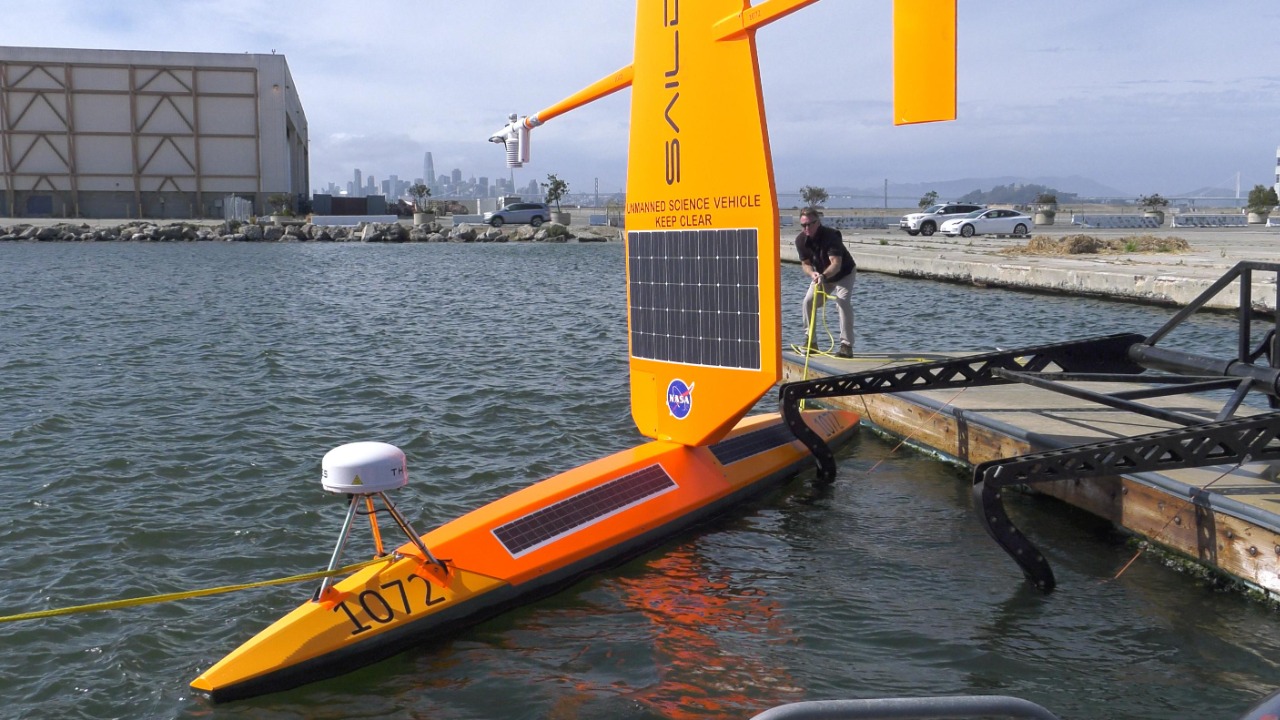
The primary goal of the Saildrone Surveyor’s mission is seafloor mapping, aiming to fill gaps in the global bathymetry dataset by producing detailed 3D models of the ocean bottom. Despite covering 70% of Earth’s surface, much of the seafloor remains unmapped, presenting a significant challenge for oceanographic research. By providing high-resolution maps, the Surveyor will contribute to a more comprehensive understanding of underwater topography, which is essential for navigation, resource management, and environmental monitoring. Source.
In addition to mapping, the mission will focus on environmental monitoring efforts, including tracking ocean acidification, sea level rise indicators, and biodiversity hotspots. These data are crucial for supporting climate models and informing conservation strategies, as they provide insights into the health and dynamics of marine ecosystems. By collecting and analyzing this information, the Surveyor will help scientists better understand the impacts of climate change on the oceans and develop more effective strategies for mitigating its effects. Source.
All data collected during the mission will be openly available through partnerships with NOAA and other agencies, ensuring that researchers and policymakers can access and utilize the information for immediate use in research and policy development. This commitment to data-sharing reflects a broader trend towards transparency and collaboration in scientific research, where open access to information can accelerate discoveries and drive innovation. By making its findings publicly available, the Surveyor’s mission will not only advance scientific knowledge but also support informed decision-making on a global scale. Source.
Challenges and Technological Innovations
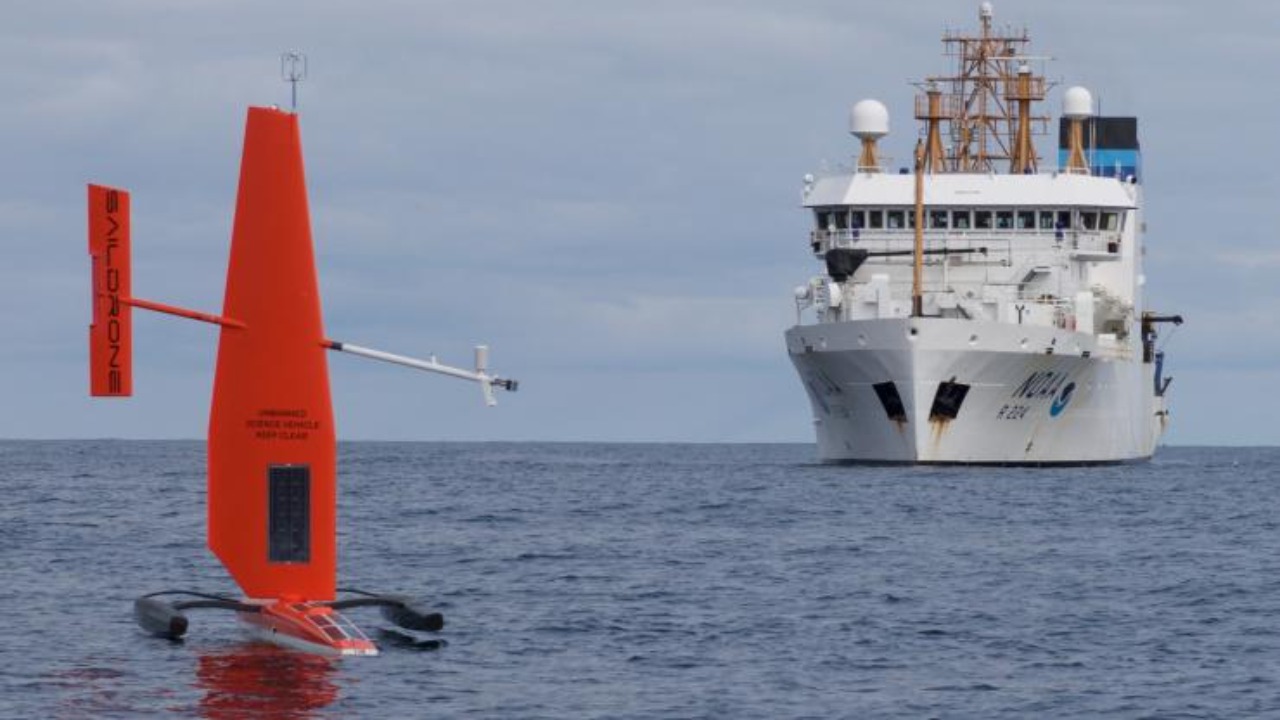
The Saildrone Surveyor’s mission is not without its challenges, as it must contend with potential hazards like extreme weather in the Southern Ocean, biofouling from marine growth, and communication blackouts. To mitigate these risks, the vehicle is equipped with a robust carbon-fiber hull and redundant systems designed to withstand harsh conditions and ensure continuous operation. These features highlight the importance of resilience and reliability in autonomous exploration, where the ability to adapt to unpredictable environments is crucial for mission success. Source.
One of the key innovations of the Surveyor is its energy-efficient propulsion system, which uses a combination of hybrid sail and electric thrusters. This approach reduces the need for batteries and enables continuous operation without refueling, making the vehicle well-suited for long-duration missions. By harnessing renewable energy sources, the Surveyor sets a new standard for sustainable exploration, demonstrating how technology can be leveraged to reduce the environmental footprint of scientific research. Source.
Saildrone CEO Richard Jenkins emphasized the mission’s potential impact, stating, “This mission will unlock the ocean’s secrets in ways never before possible, providing a blueprint for future autonomous exploration.” His statement underscores the transformative potential of the Surveyor’s mission, which aims to push the boundaries of what is possible in oceanographic research. By pioneering new technologies and methodologies, the Surveyor is poised to make significant contributions to our understanding of the oceans and inspire future innovations in the field. Source.